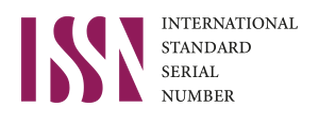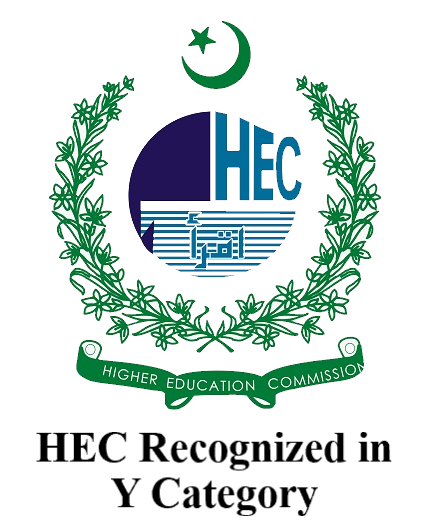The Good or The Bad: Implications of Ethnic Diversity in Interpersonal Conflicts at Work
DOI:
https://doi.org/10.71016/hnjss/rd5p1q41Keywords:
Diversity, Ethnic Diversity, Interpersonal Conflict at WorkAbstract
Aim of the Study: The objective of this study is to investigate the relationship between ethnic diversity and Interpersonal Conflicts at Work (IPCW) among staff of universities located in Rawalpindi and Islamabad, Pakistan. Particularly, it explores the dynamics of ethnic diversity and how these dynamics affects interpersonal conflicts at work.
Methodology: Data were collected from administrative and academic staff of the universities using a structured questionnaire. The independent variable, ethnic diversity and dependent variable, IPCW, were measured by adopting established measures developed by Phinney, J. (1992) and Spector & Jex (1998), respectively. A total of 200 samples were collected by using in person and online data collection approaches. The proposed study model was tested using correlation and hierarchical multiple regression tests carried out in SPSS software.
Findings: The study results point out that ethnic diversity has a significant impact on interpersonal conflicts in the workplace among employees of the universities. This significant relationship between ethnic diversity and IPCW indicates the challenges that ethnic diversity can pose in the workplace. Furthermore, male employees with diverse ethnic background are more prone to IPCW as compared to their female counterparts. Whereas employees from different age groups and levels of work experience remained consistent regardless of variations in age or work experience.
Implications: The study finding has significant implications for public and private sector managers and policy makers. To counter the adverse effects of ethnic diversity and to bring inclusiveness and harmony to the workplace, managers must have training, awareness and intercultural competence. The organizational culture of Pakistani organizations required to be more sensitive towards ethnic diversity by embracing, valuing and leveraging it vis-à-vis open communication.
Downloads
Published
Issue
Section
License
Copyright (c) 2025 Dr. Bilal Ahmed Abbasi, Dr. Ambreen Gul, Dr. Mohsin Ali Rana (Author)

This work is licensed under a Creative Commons Attribution-NonCommercial 4.0 International License.








